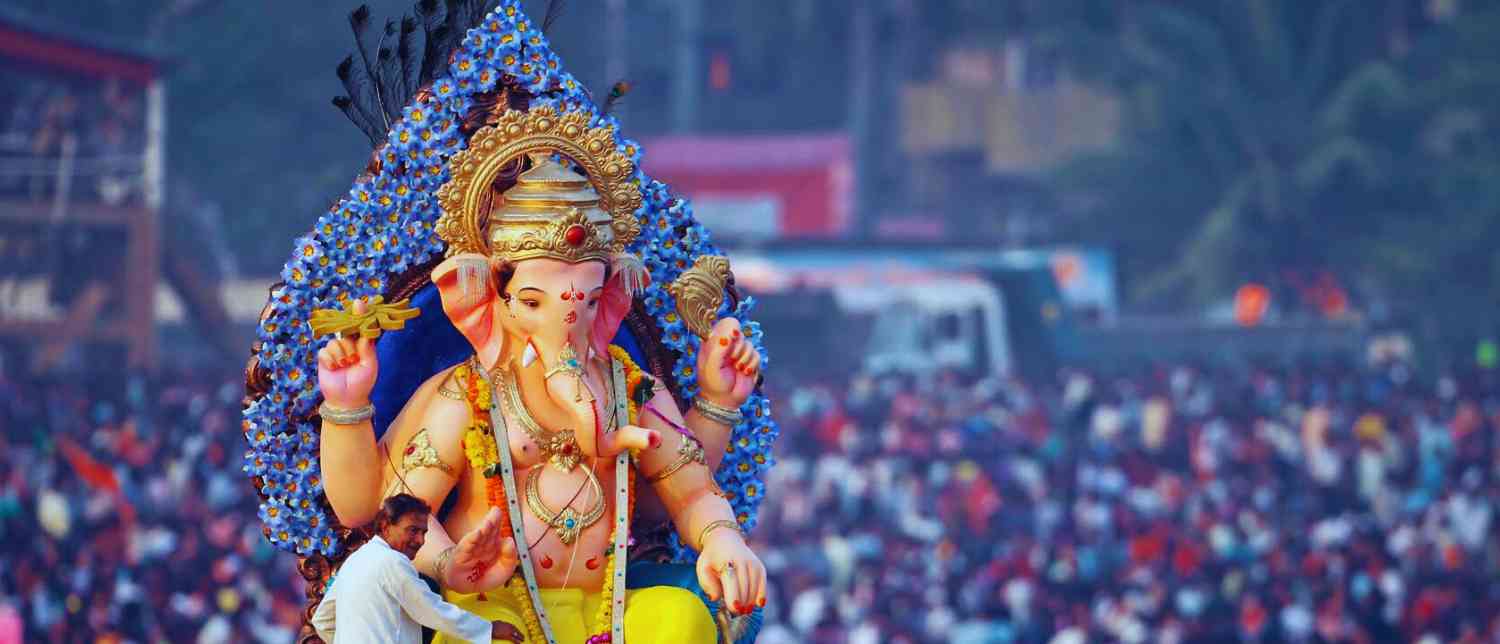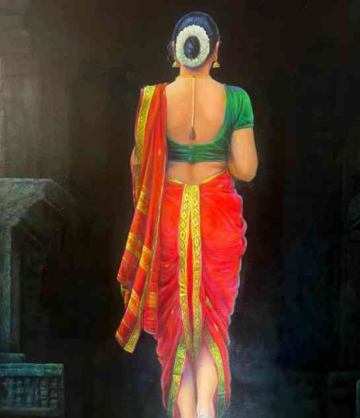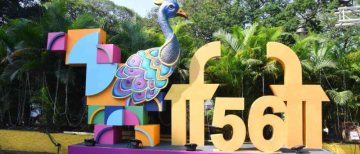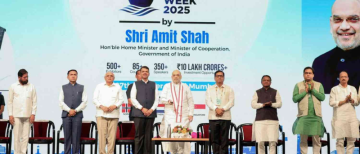The month of Ganesh Chaturthi always begins with a special kind of excitement in the air. Streets start buzzing with energy, shops display colorful decorations, the smell of fresh clay fills small lanes, and the sound of dhols begins to echo from every corner. In 2025 too, the festival promises to be grand, full of devotion and joy, continuing a tradition that has been part of people’s lives for centuries. But behind all the music, lights, and crowds lies a journey—an extraordinary journey of Lord Ganesha’s idol, which begins in the dimly lit workshop of an artisan and ends amid the grandeur of massive pandals and emotional farewells.
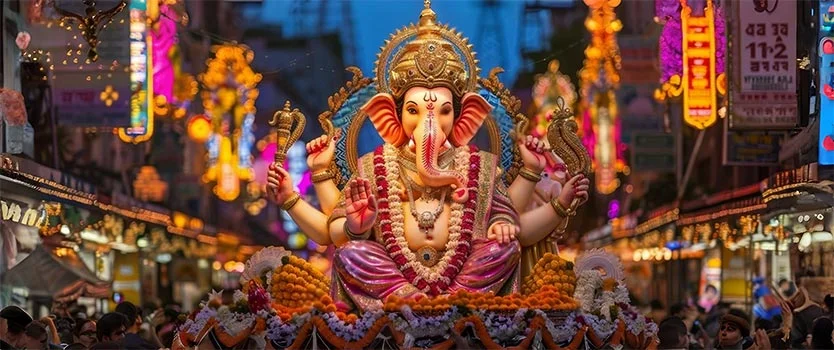
That journey starts several months before the actual festival. In small workshops, often tucked away in narrow lanes of Mumbai, Pune, Hyderabad, and many other cities, artisans sit patiently shaping clay into the form of Lord Ganesha. For them, it is not just work but an offering of devotion. With their hands dipped in mud, they press, carve, and mold with great care, as if they are whispering prayers into the clay. Every detail matters—the curl of Ganesha’s trunk, the curve of his smile, the sparkle in his eyes. Some idols will be just a foot tall for family homes, while some will rise more than 20 feet into the air for community pandals. The scale may differ, but the attention and love poured into each remains the same.
What makes the idols of 2025 more meaningful is a growing awareness of the environment. For years, the immersion of idols made of plaster and chemical colors polluted rivers and seas. Today, artisans are consciously returning to natural clay, plant-based colors, and biodegradable decorations. Some even create idols with seeds inside, so that after immersion, the clay nurtures a new tree. This shift shows how devotion and responsibility can walk side by side. Lord Ganesha, after all, is also considered the God of balance in nature.
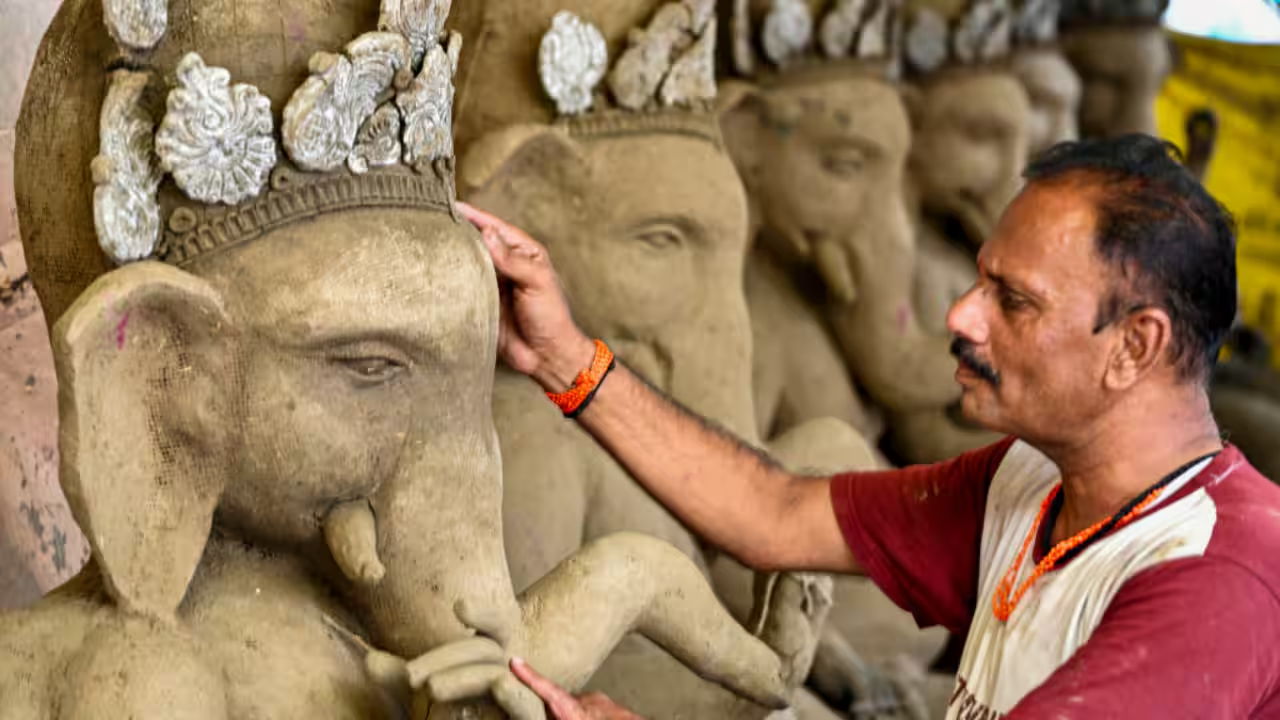
Once the idols are ready, their journey from the workshop begins. Trucks and vans are decorated with garlands, drums beat loudly, and devotees shout, “Ganpati Bappa Morya!” as the idols are carried to their new destinations. Children dance on the roads, women offer coconuts and flowers, and young men pull the ropes of the trucks as if they are pulling their beloved deity into their own homes. The arrival of the idol is like welcoming a divine guest. Families clean their houses days in advance, decorate entrances with colorful rangolis, and prepare homemade sweets such as laddoos and the famous modak, Ganesha’s favorite.
While family celebrations are intimate and warm, the true grandeur of Ganesh Chaturthi is witnessed in the community pandals. These pandals, often supported by neighborhoods, cultural groups, or youth committees, transform into works of art. By the time the idol arrives, the pandal itself has been decorated with dazzling lights, flowers, and innovative themes. Visiting a pandal is like stepping into a miniature world. Some recreate famous temples like Kedarnath or Puri’s Jagannath temple. Others build replicas of global wonders or highlight social themes such as climate change, education, or women empowerment. In 2025, many pandals are expected to embrace eco-friendly creativity, using bamboo, cloth, and recycled materials, proving that beauty and sustainability can go hand in hand.
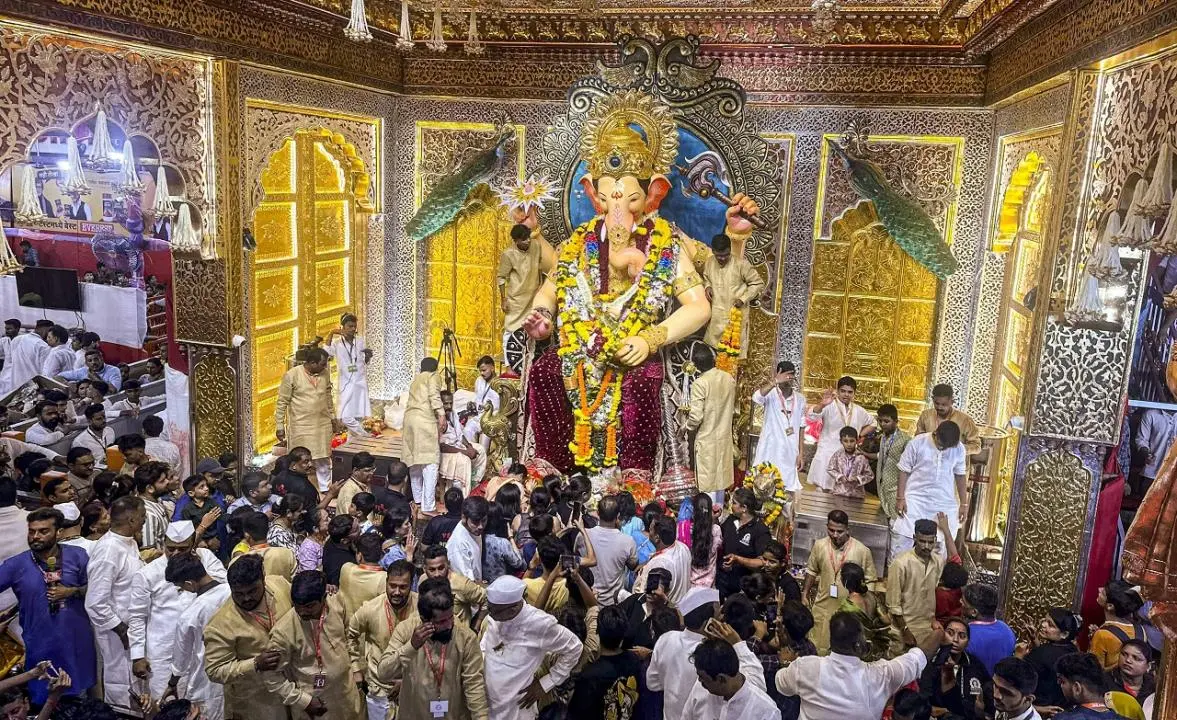
Among these pandals, a few are known far and wide. In Mumbai, Lalbaugcha Raja draws lakhs of devotees, who often wait for hours to catch a glimpse. Pune’s historical mandals carry the spirit of revolution, reminding everyone of Bal Gangadhar Tilak, who turned Ganesh Chaturthi into a public festival during India’s freedom struggle. Visiting these pandals becomes more than a religious act—it becomes part of a cultural pilgrimage.
Once Ganesha is settled in his temple, whether at home or in a pandal, the next ten days are filled with life. Morning and evening aartis bring families and communities together, with lamps glowing and voices rising in prayer. The air smells of incense, and the sound of bells mingles with the soft beat of drums. Children dress up, skits and plays are performed, and music fills the nights. In cities like Pune, trained groups of drummers perform spectacular dhol-tasha routines, their energy electrifying the atmosphere. For many people, these cultural activities are just as much a part of the festival as the prayers themselves.
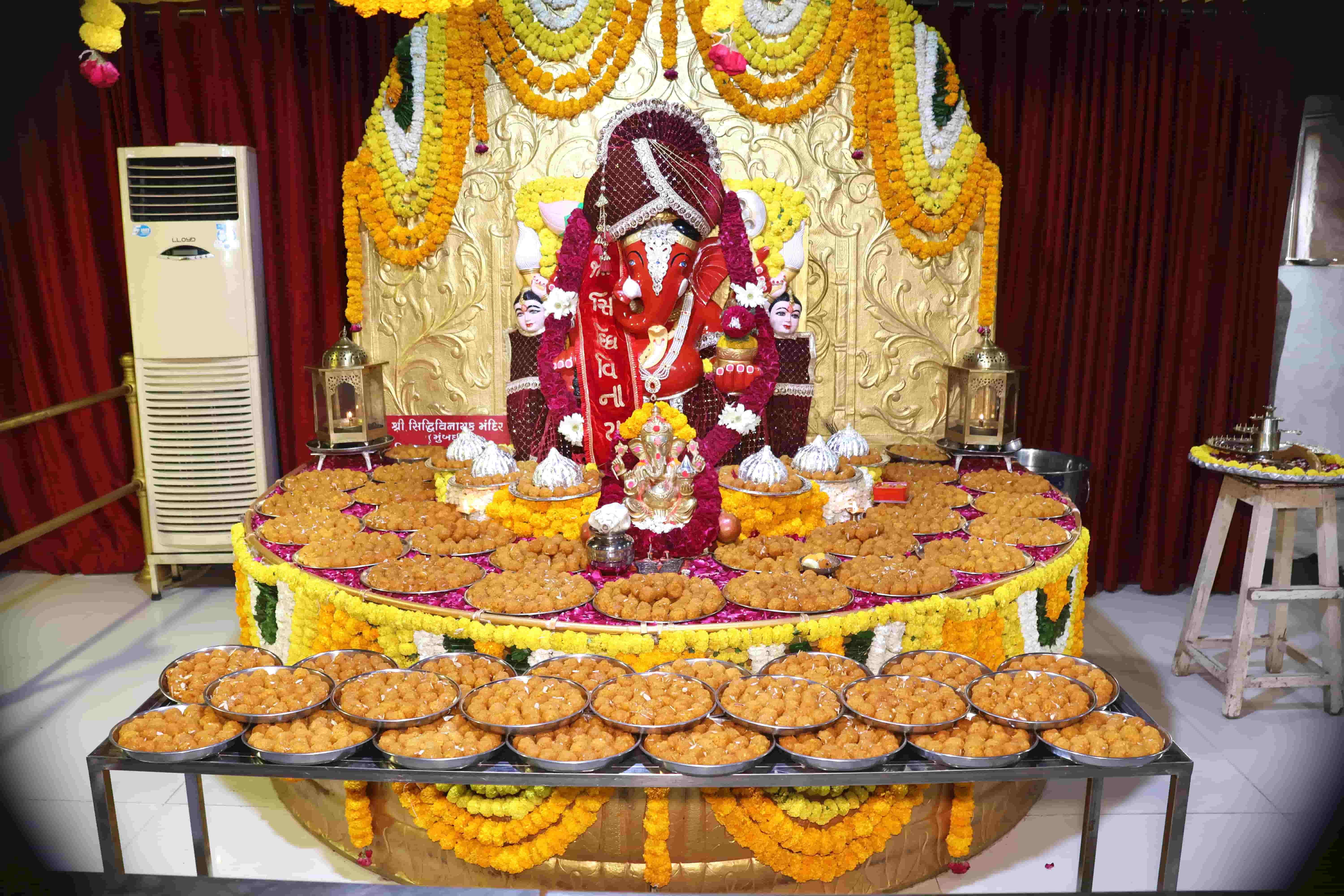
The festival is also a time for sharing food and love. Plates filled with modaks, karanji, laddoos, and other sweets are passed around homes and pandals alike. Guests are welcomed warmly, and neighbors visit each other regardless of community or religion. This is what makes Ganesh Chaturthi so unique—it is not only about worshipping a God but also about nurturing bonds of unity and friendship.
But the most emotional part of the festival is the farewell. On the last day, called Visarjan, the streets overflow with people dancing, singing, and drumming as they take Ganesha back for immersion. It feels both like a victory procession and a heartbreaking goodbye. Families who hosted the Lord for days fold their hands with tears and smiles as they chant, “Ganpati Bappa Morya, Pudhchya Varshi Lavkar Ya!”—asking Him to return quickly next year. The idol, now taken in boats or carefully lowered into artificial tanks, disappears into the water, symbolizing the cycle of creation and dissolution. With folded hands and moist eyes, people see Him off, carrying the belief that He will take away their troubles and come back again stronger.

In 2025, this farewell will also be guided by stronger eco-conscious practices. Many cities, learning lessons from environmental challenges, are encouraging artificial ponds for immersion or water tanks specially built for the purpose. Families are supporting “home visarjan” for small clay idols, where the clay is dissolved in a bucket and later used to water plants. This shift shows how devotion is evolving to respect the planet that sustains us.
Yet the message of Ganesh Chaturthi remains constant. It is a reminder of hope, of beginnings, and of unity. From small houses in suburban towns to mega pandals in metropolitan cities, the celebration is the same heartfelt call to Lord Ganesha for wisdom and prosperity. And this spirit is not limited to India alone. Across the world, from the United States to Singapore, from Dubai to London, Indian communities keep this festival alive. Abroad, temples and community centers become the stage for Ganesh Chaturthi, giving people far from home a chance to reconnect with their roots and pass the tradition to the younger generations.
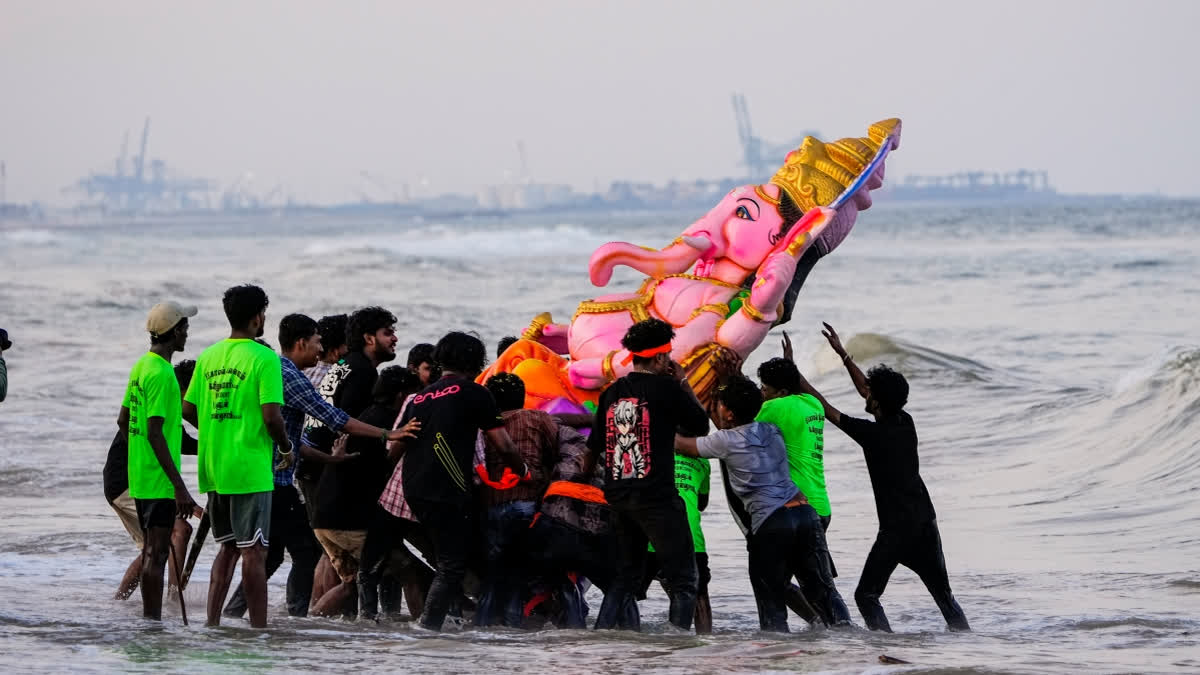
So, what will be special about Ganesh Chaturthi 2025? The answer lies in the blend of tradition and modernity. The devotion will remain the same, but the celebrations will carry deeper messages of sustainability, cultural pride, and community service. Live-streamed darshans of famous pandals will let people across the globe join in prayers. More young people will take part in organizing innovative events. Themes will highlight not only divinity but also global issues like peace, climate change, and social responsibility.
And yet, amid all these changes, one thing will remain the same—the pure joy of shouting, “Ganpati Bappa Morya!” in unison. Whether you’re in the crowded by-lanes of Lalbaug or in a quiet home with a small idol, the energy of the festival is the same: uplifting, contagious, and unforgettable.
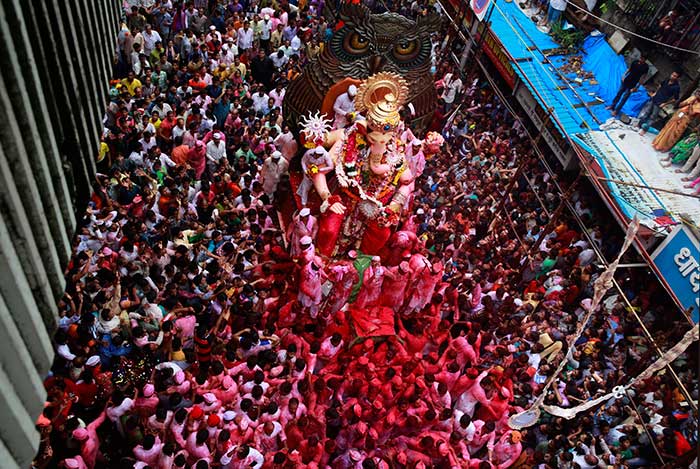
Ganesh Chaturthi is not merely a festival; it is an emotion that binds millions of people across places and generations. It begins humbly in an artisan’s workshop, grows magnificently in pandals, reaches its peak in music, dance, and devotion, and finally dissolves in the waters of faith. As 2025 welcomes yet another celebration of Bappa, every idol’s journey will remind us of the eternal truth of life—that everything begins, blooms, and eventually transforms, but the love we pour into our traditions keeps them alive forever.
The journey of Ganesh Chaturthi, from clay to devotion, from silence to celebration, from beginnings to farewells, is a story that India continues to tell with pride every year. And as the drums roll once again, as lamps are lit, and as homes are filled with the scent of modaks, one thing will echo through every heart: He is here, He is with us, and He will return again.
With inputs from agencies
Image Source: Multiple agencies
© Copyright 2025. All Rights Reserved. Powered by Vygr Media.

